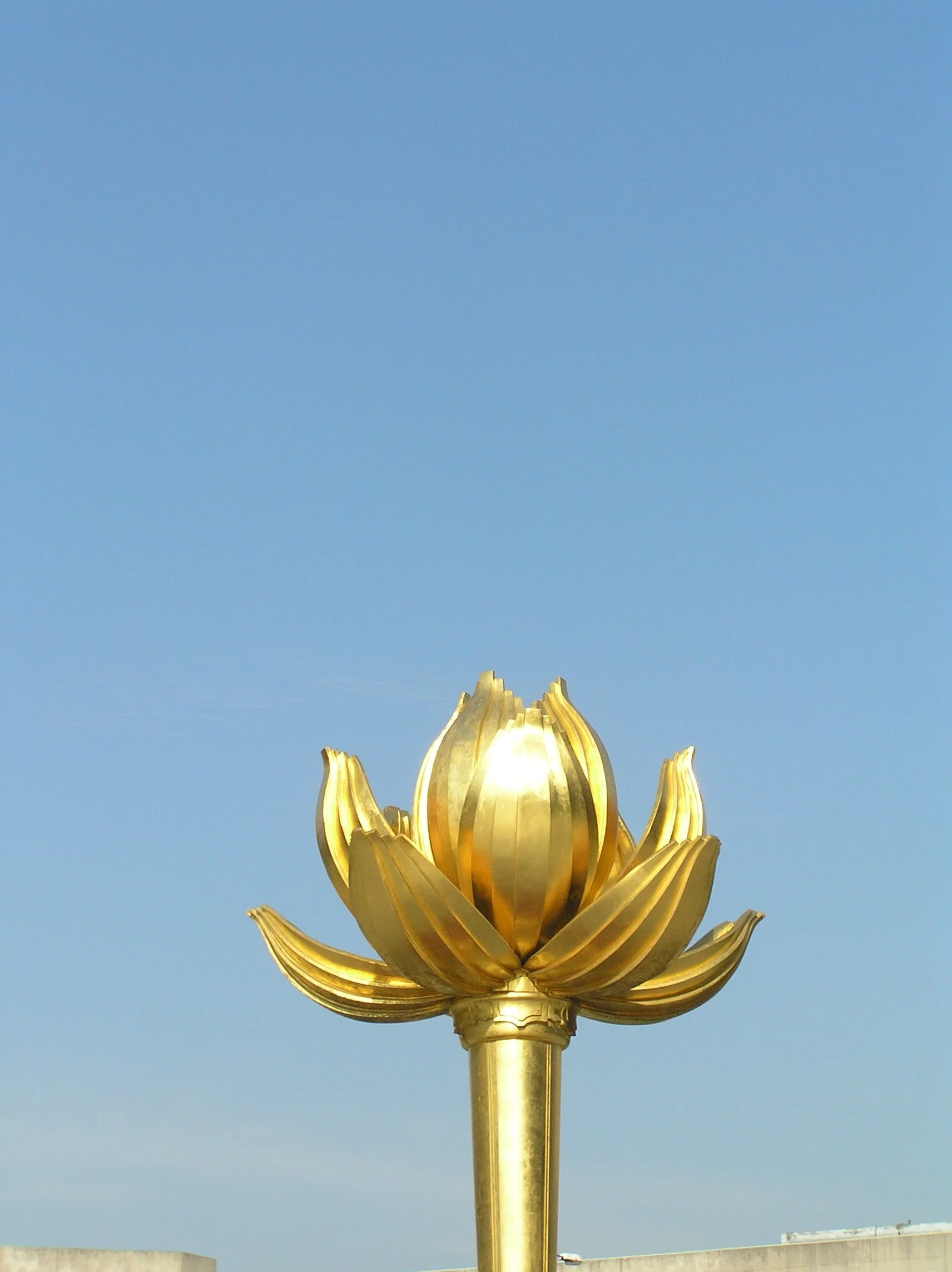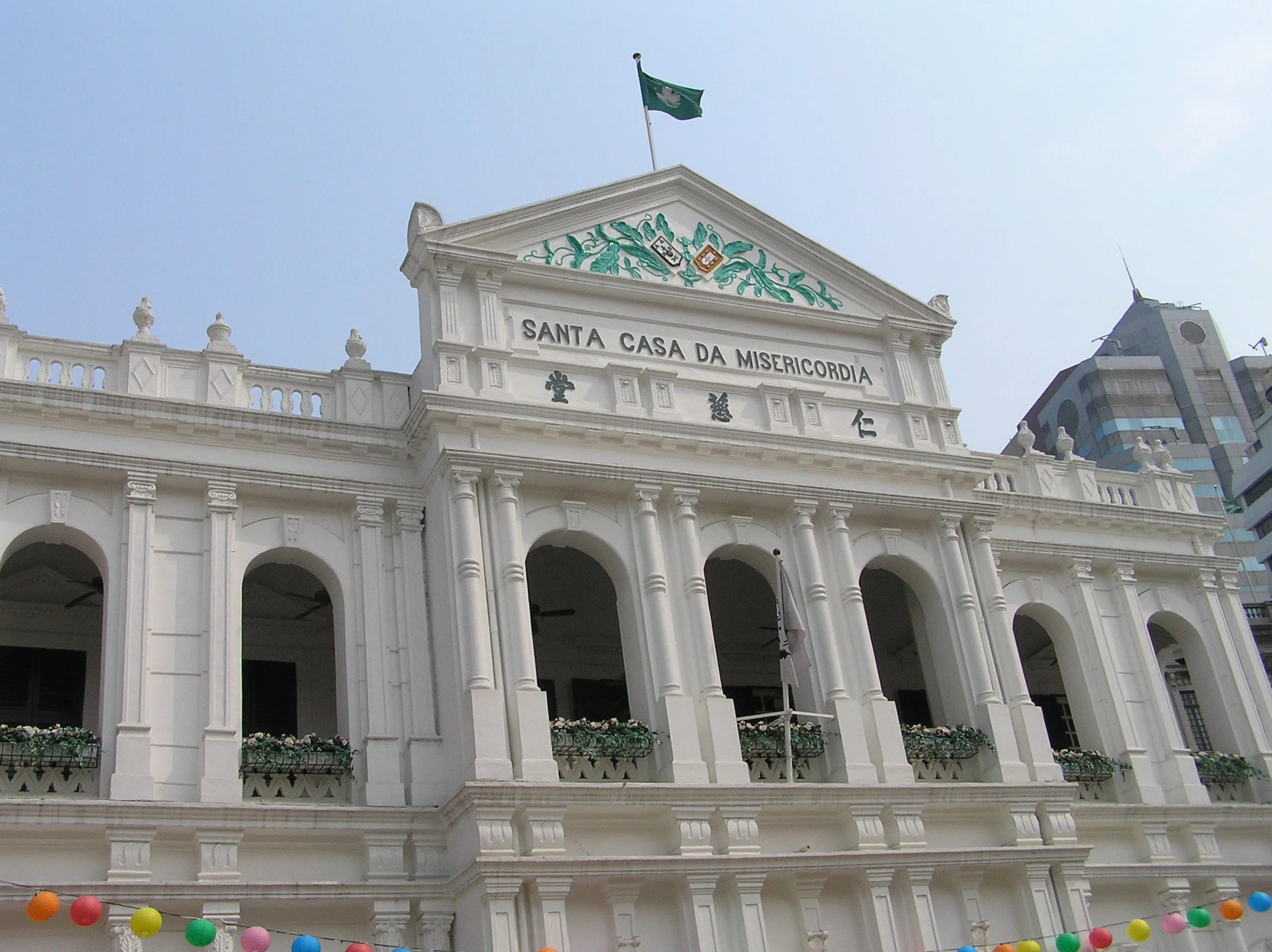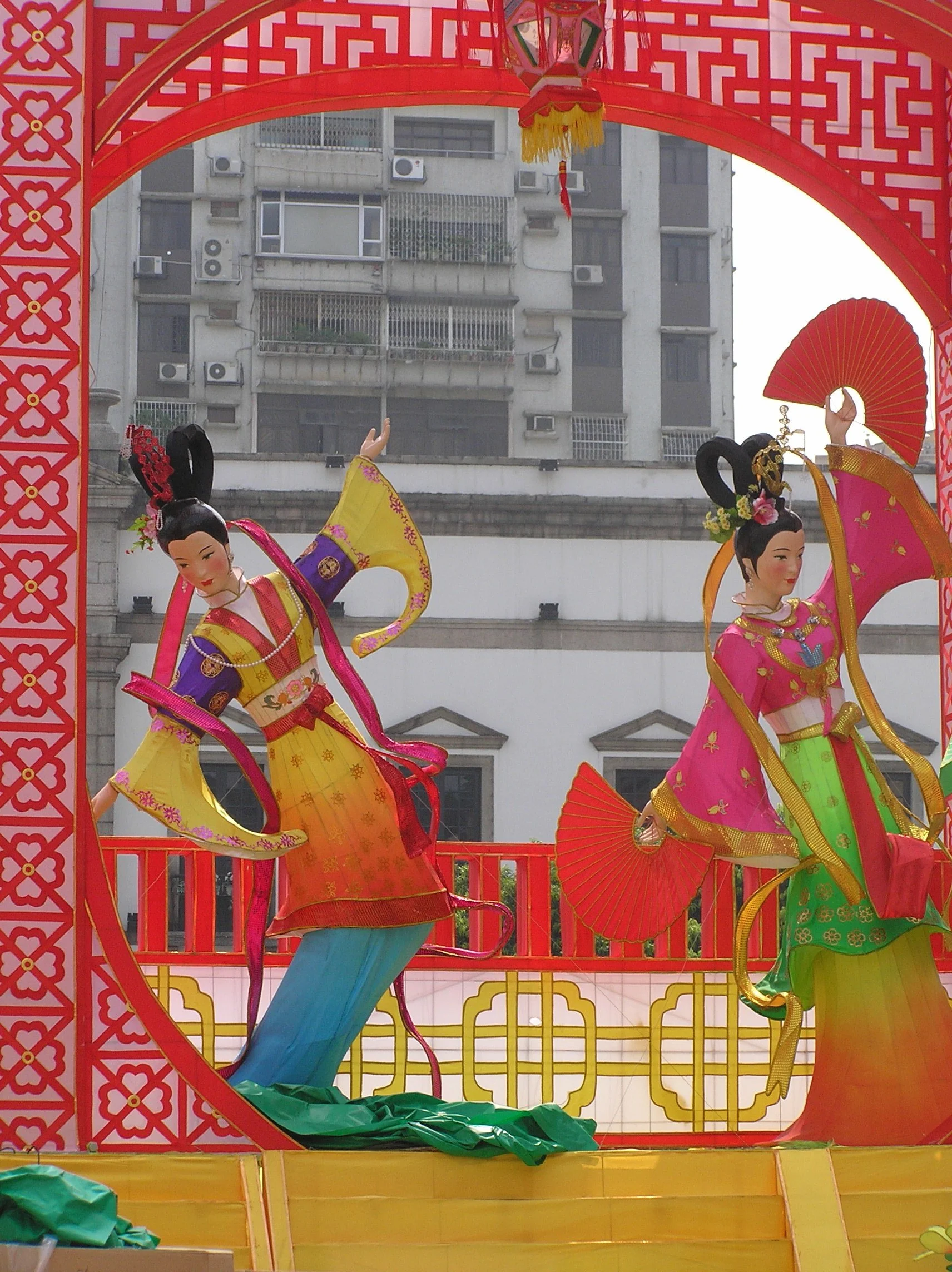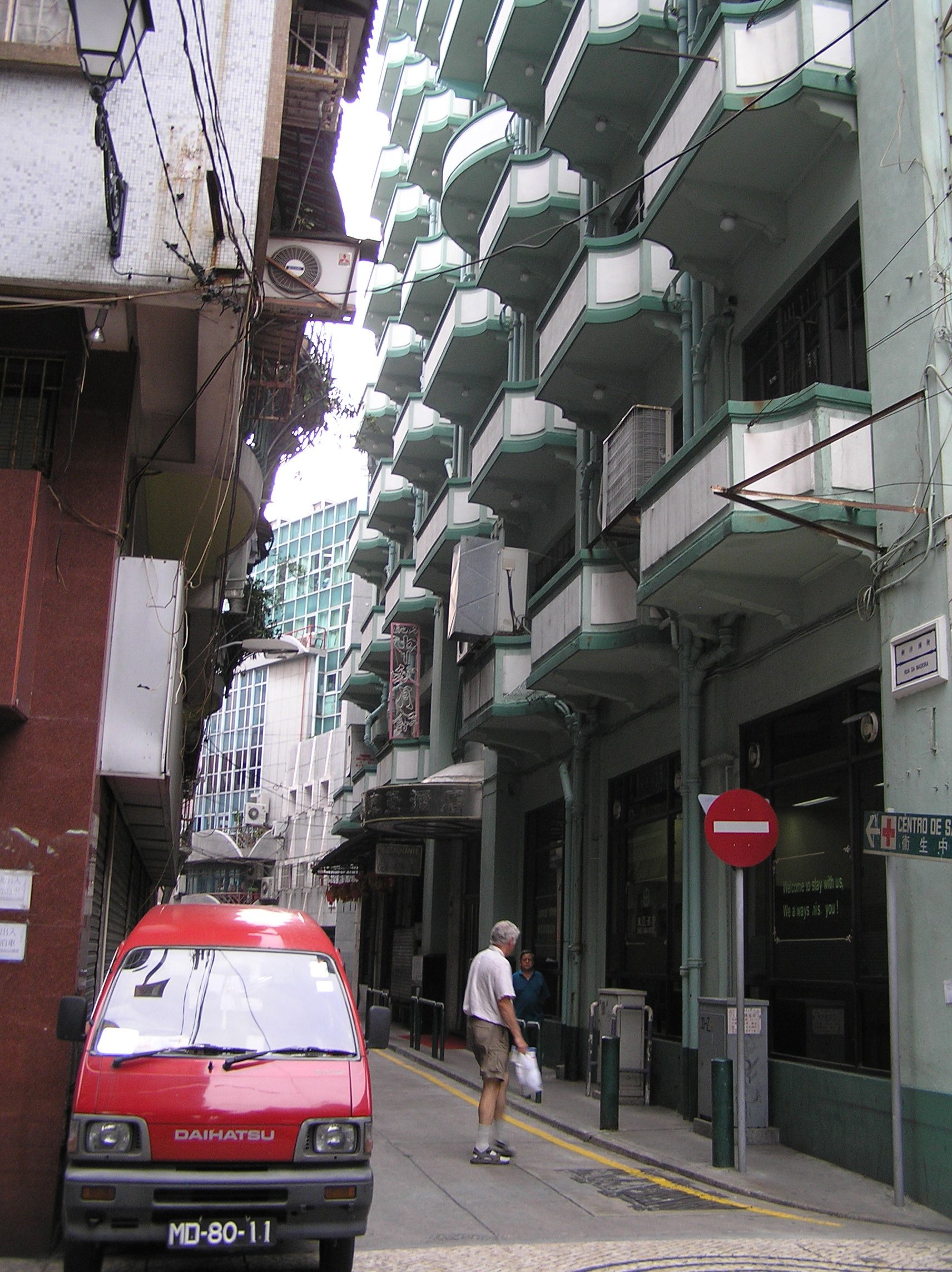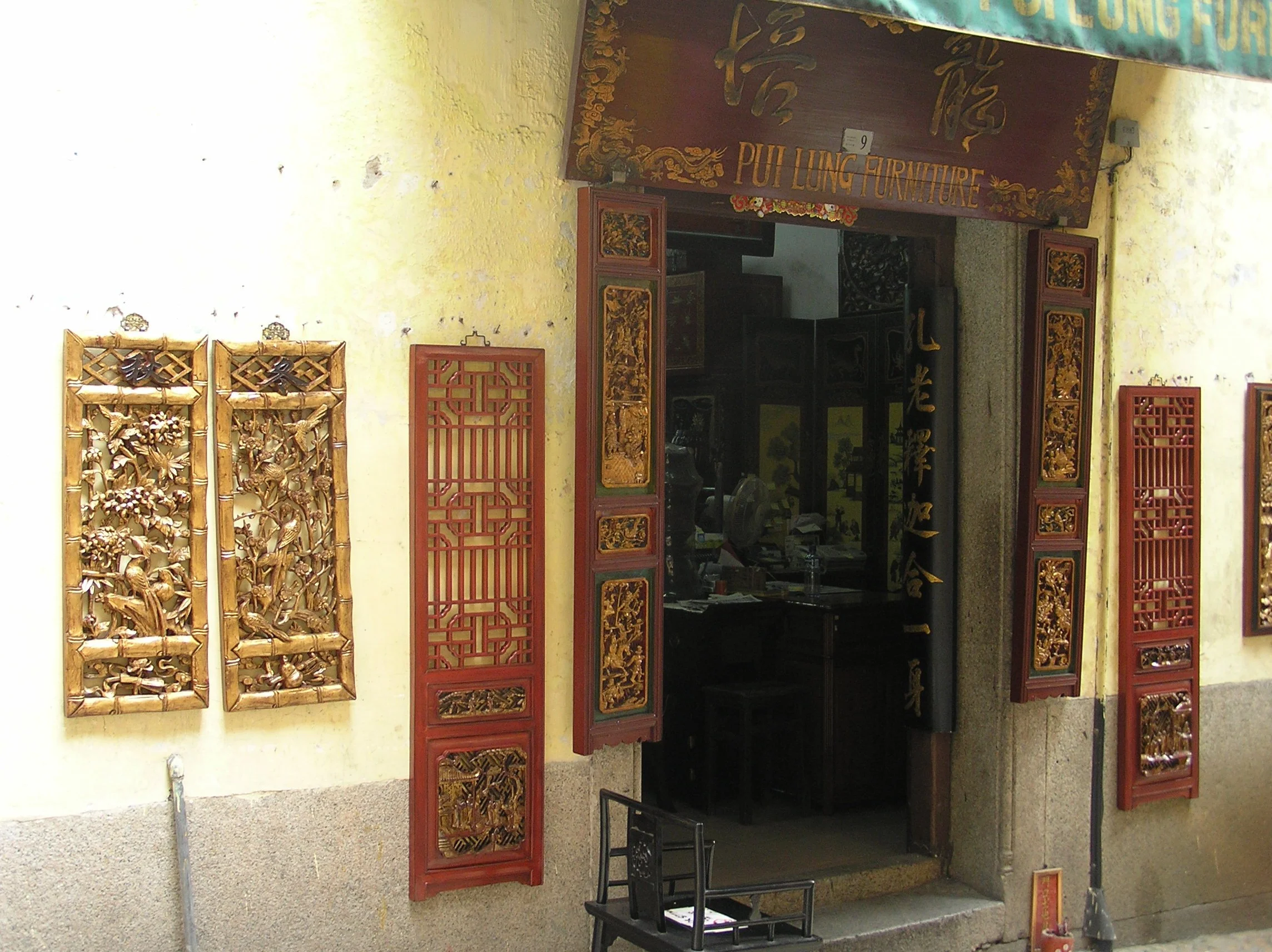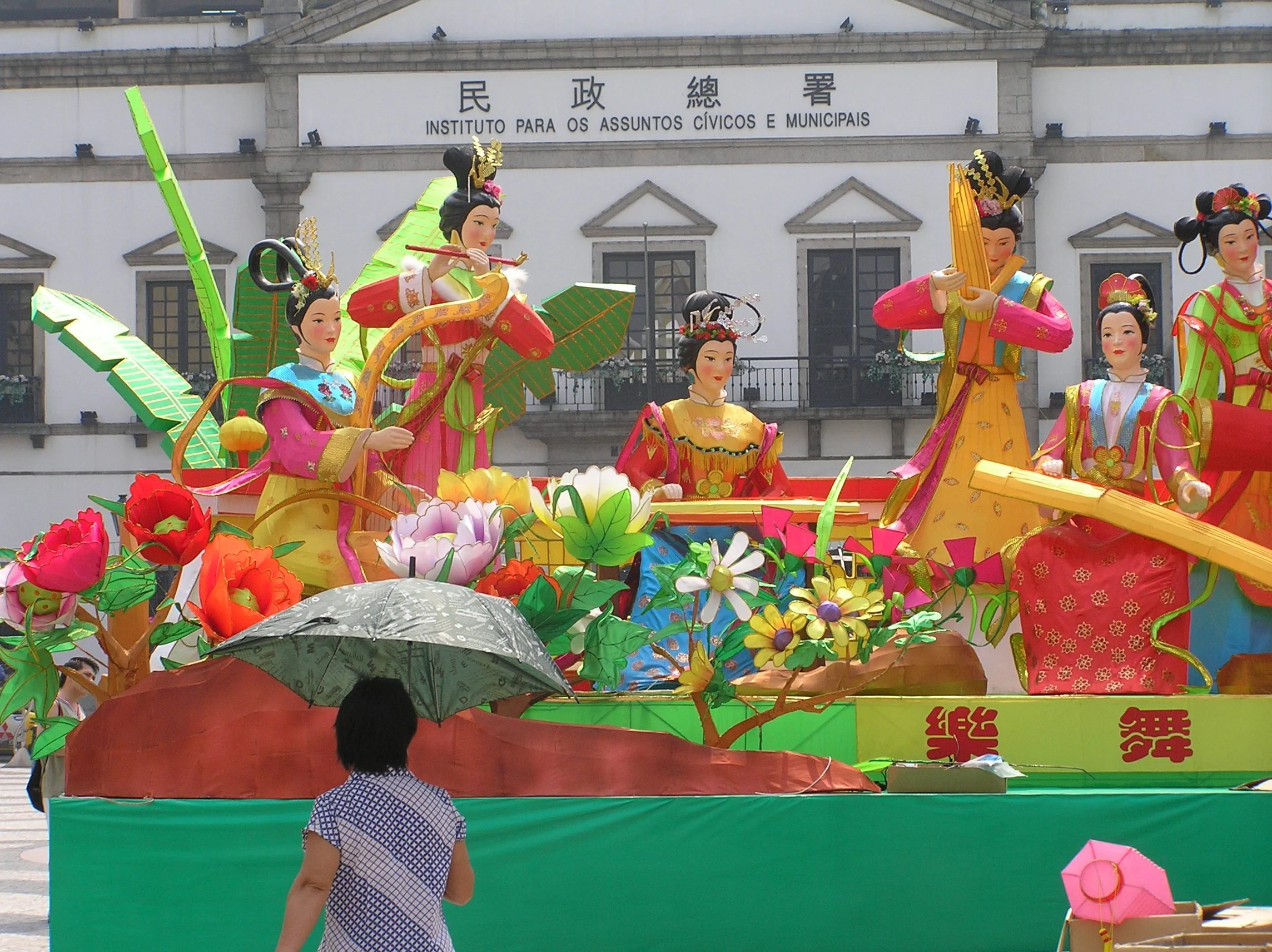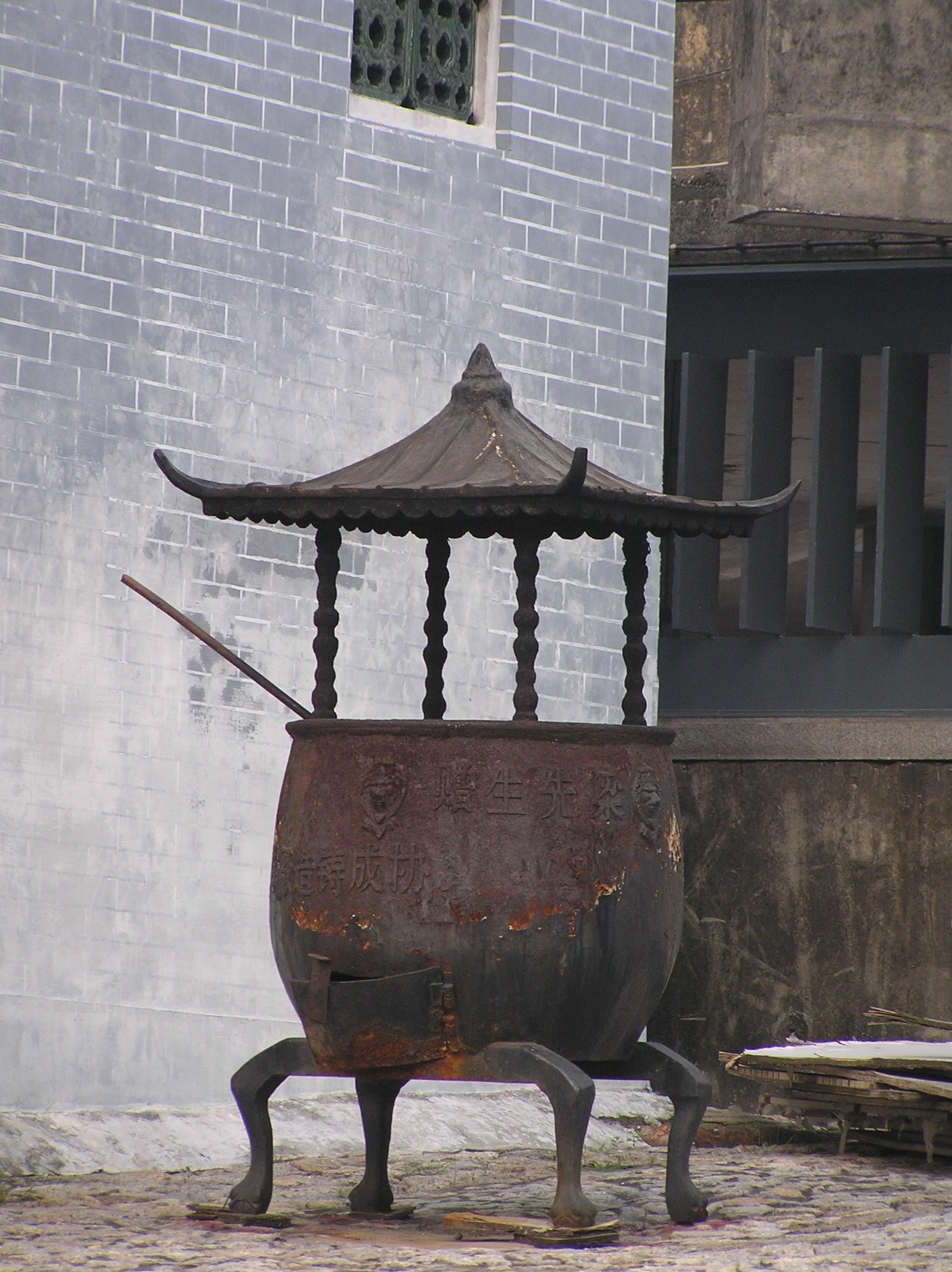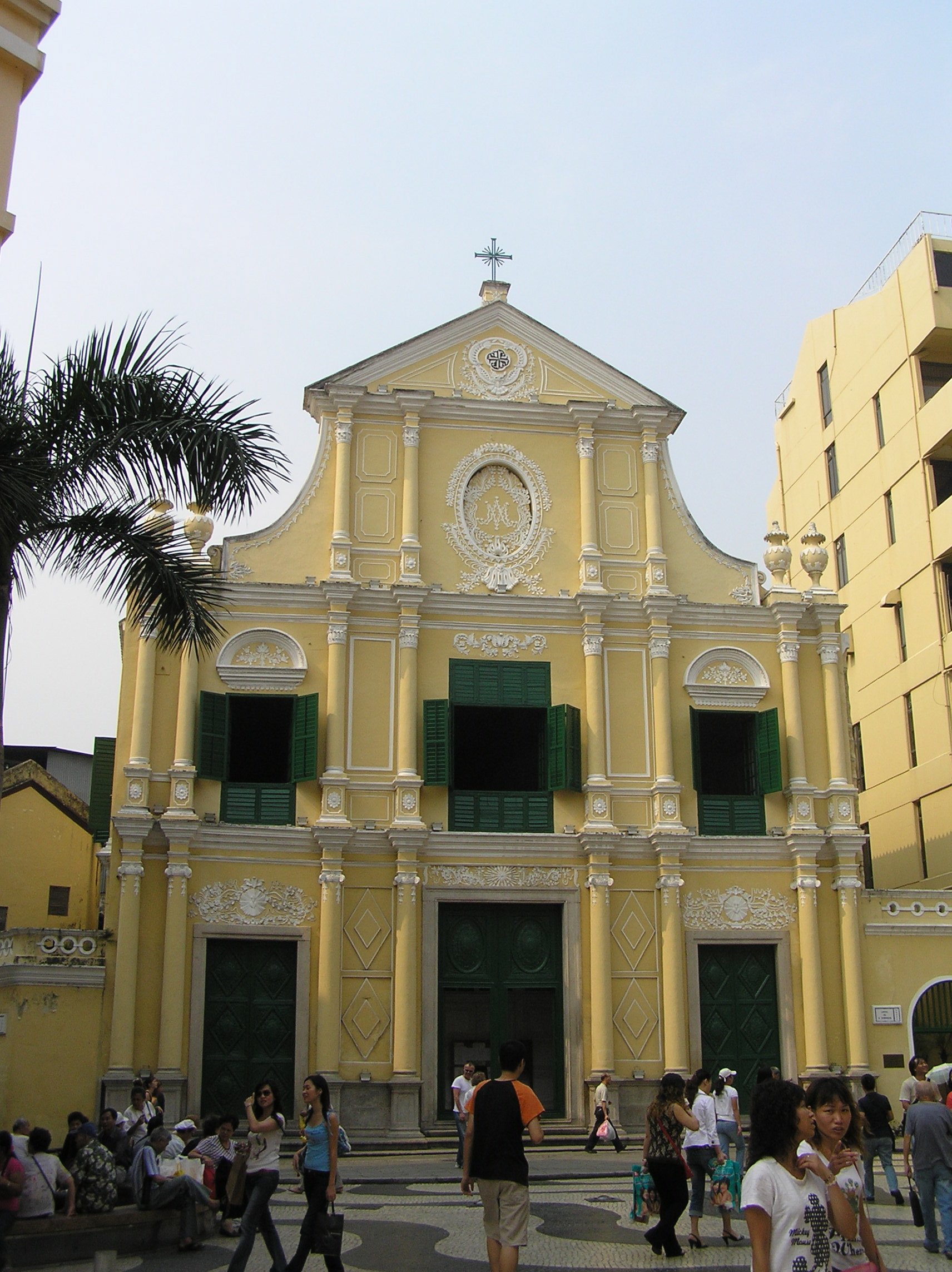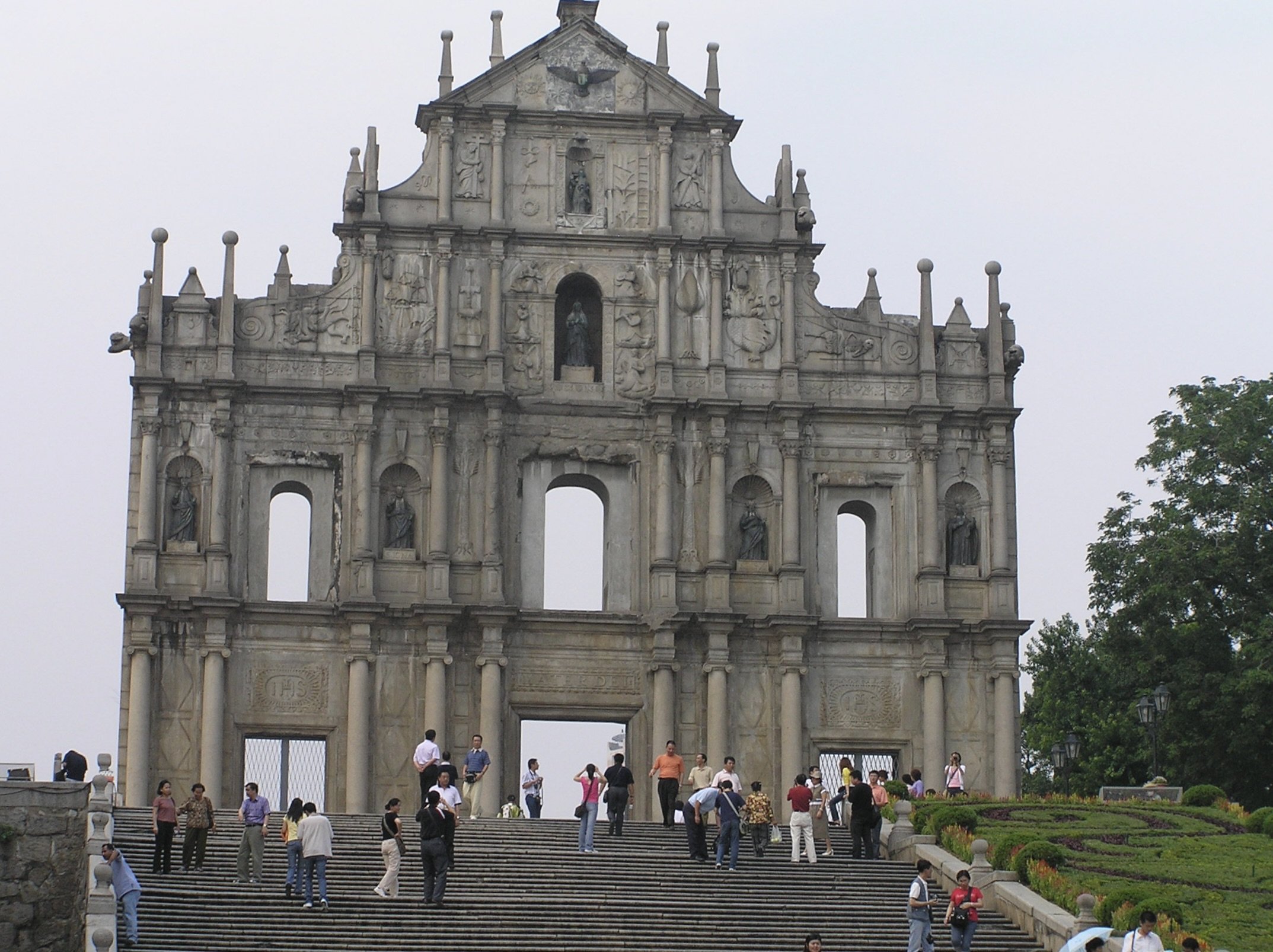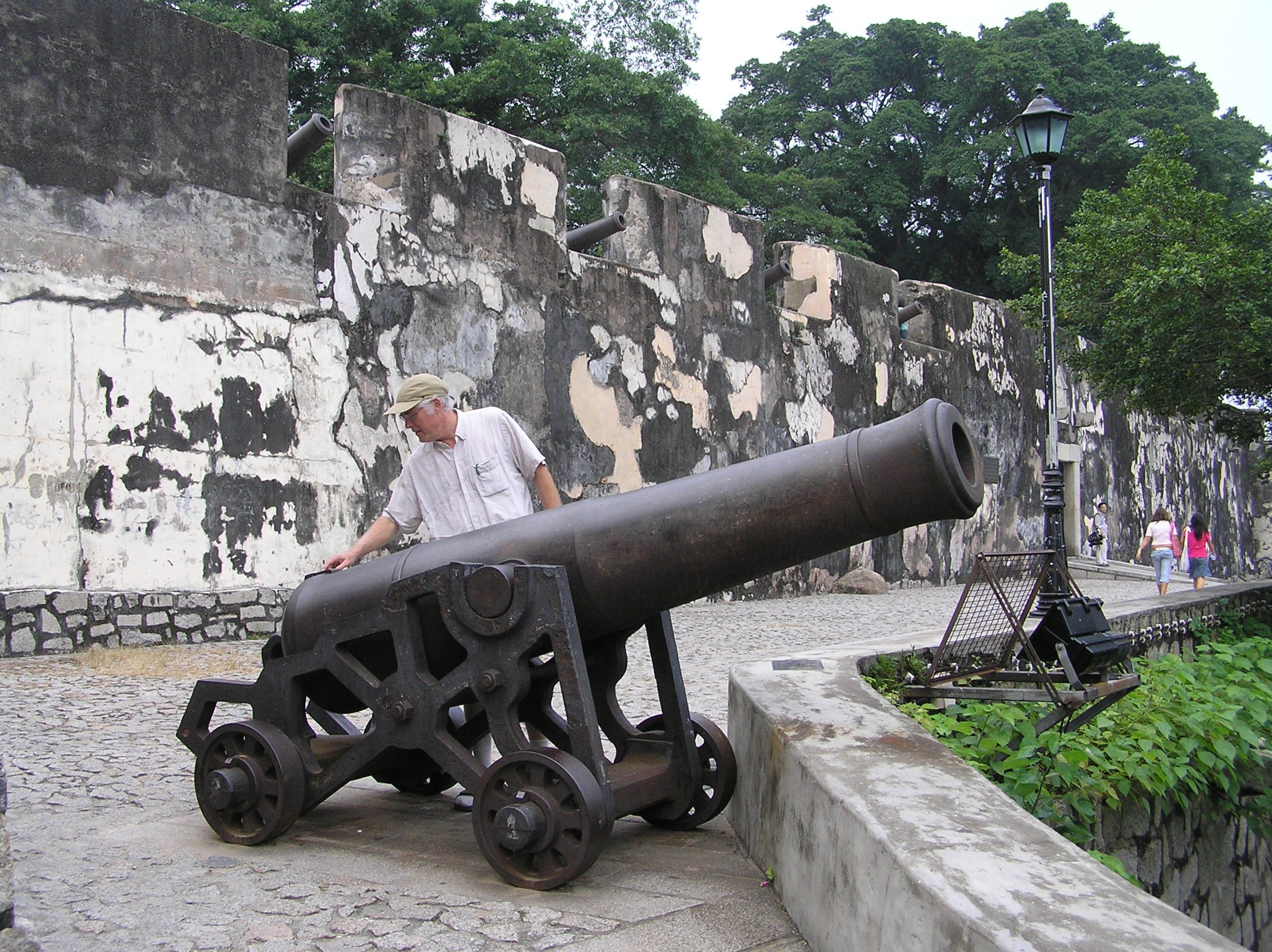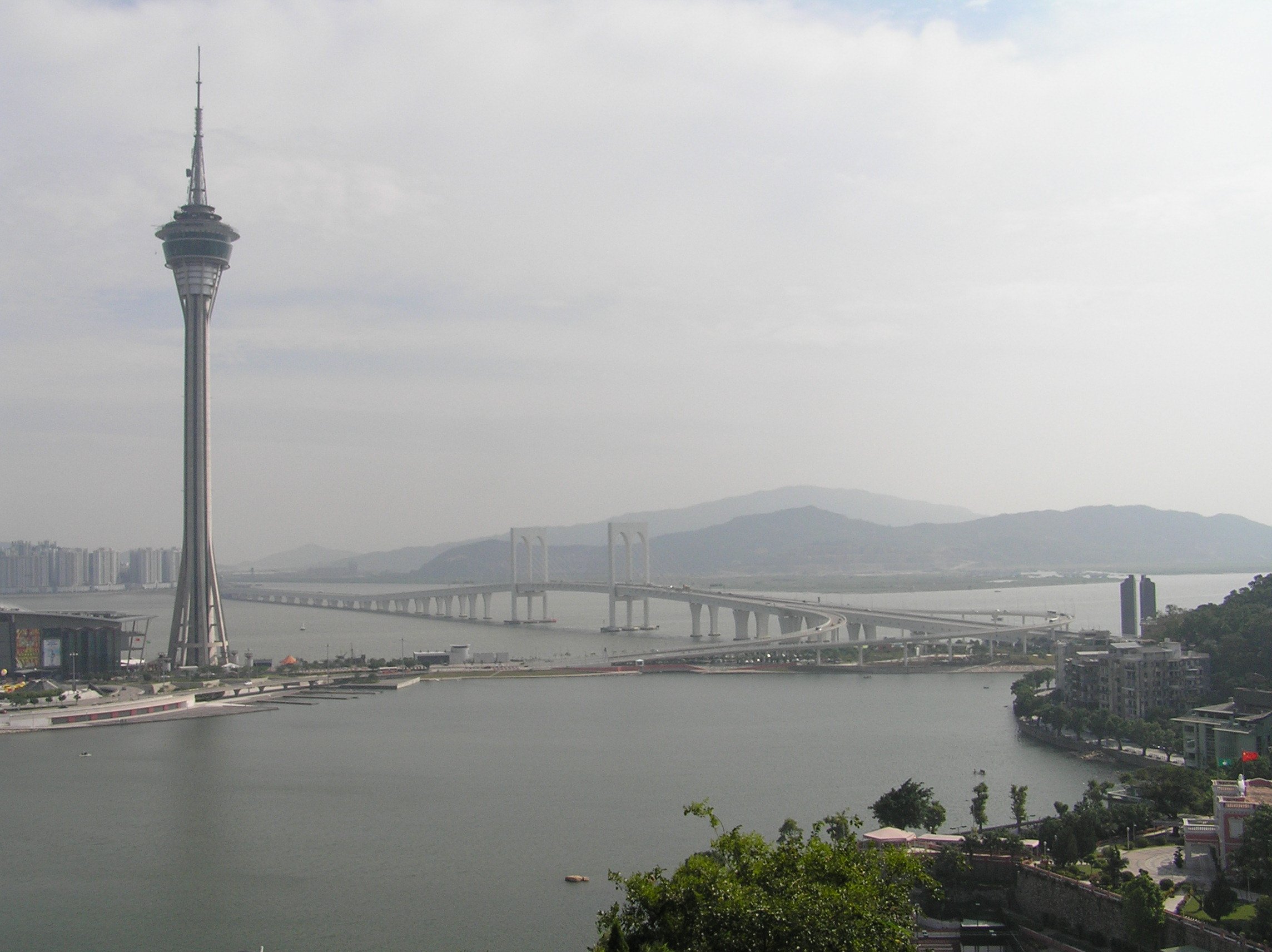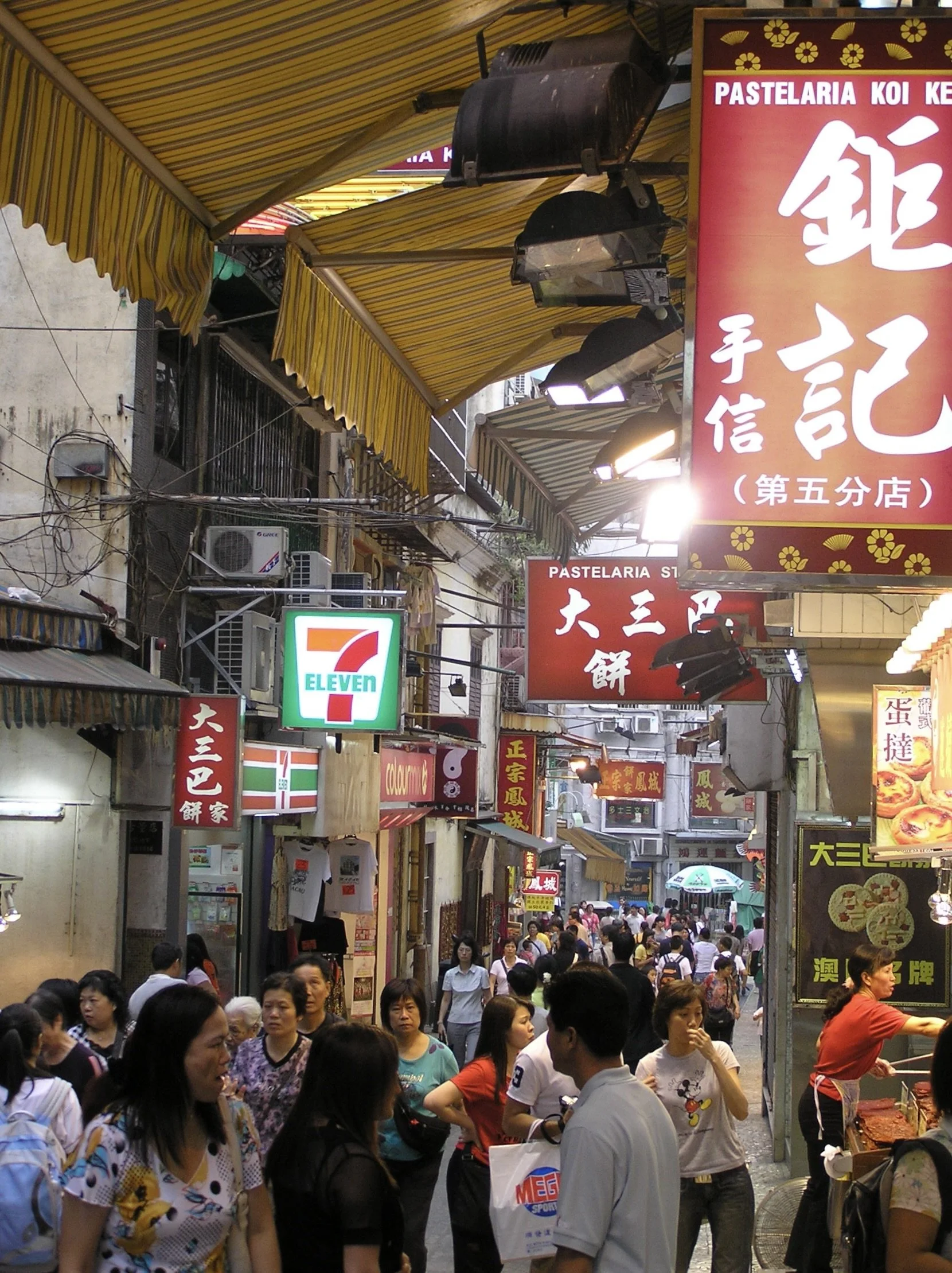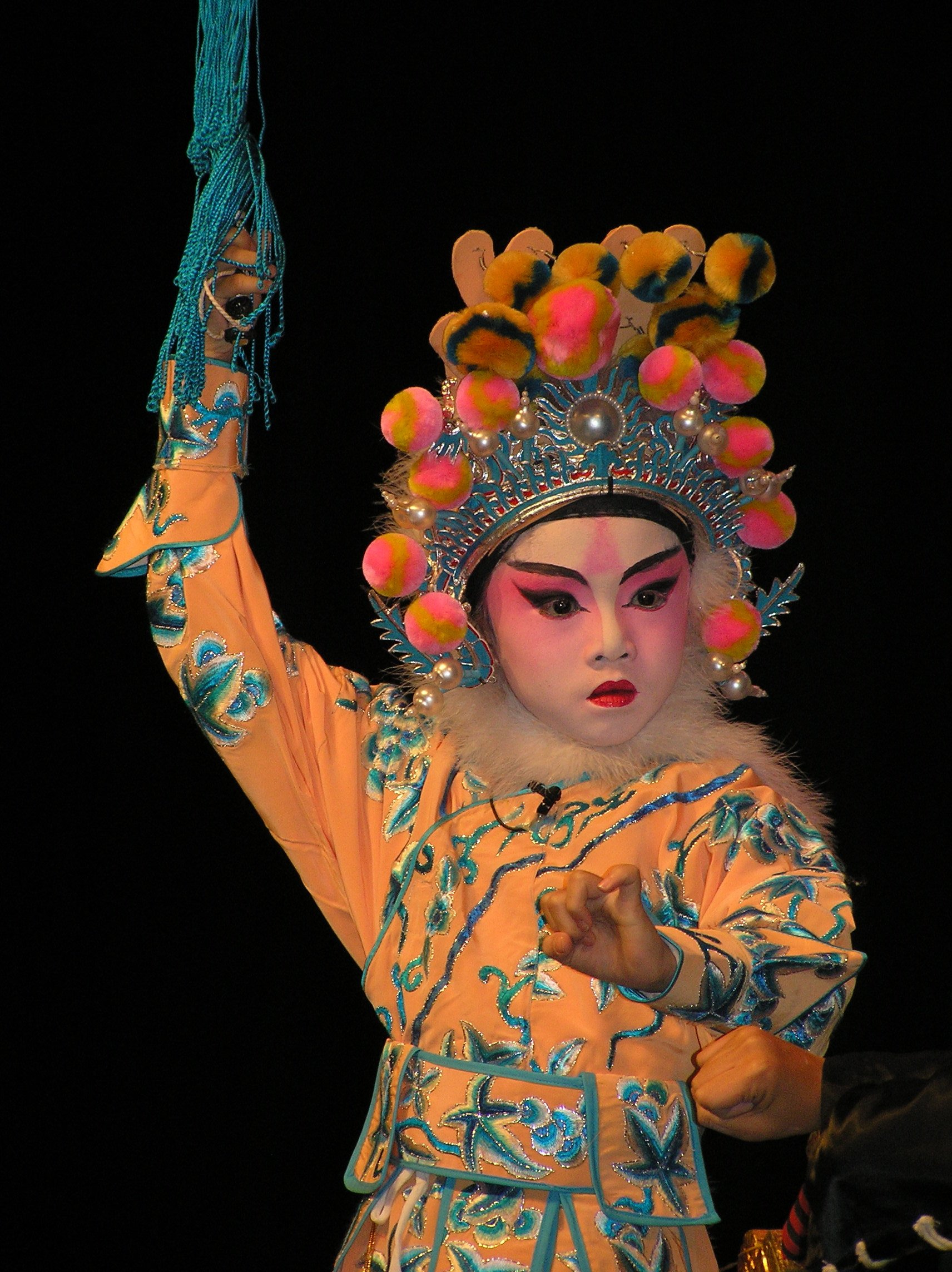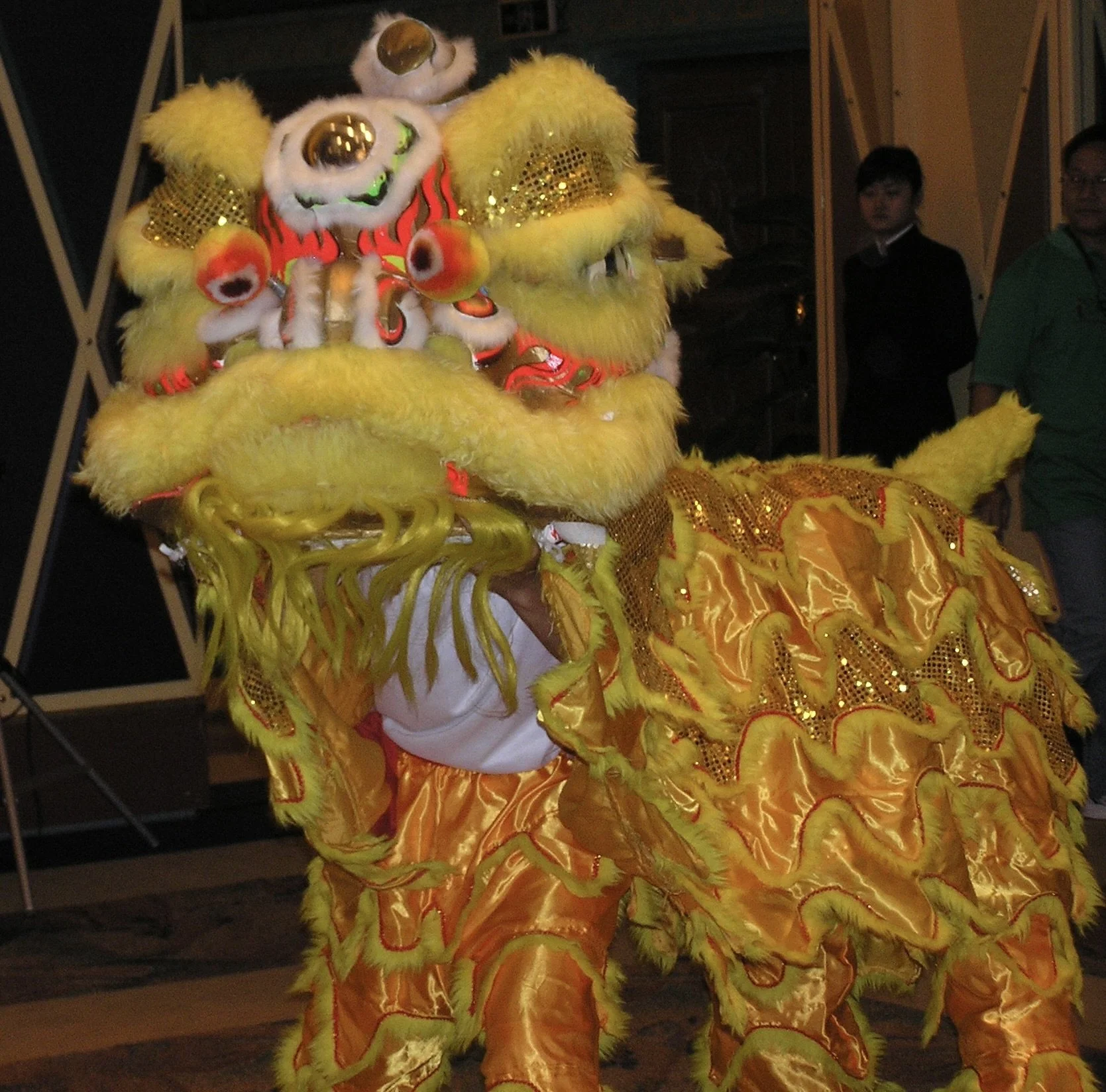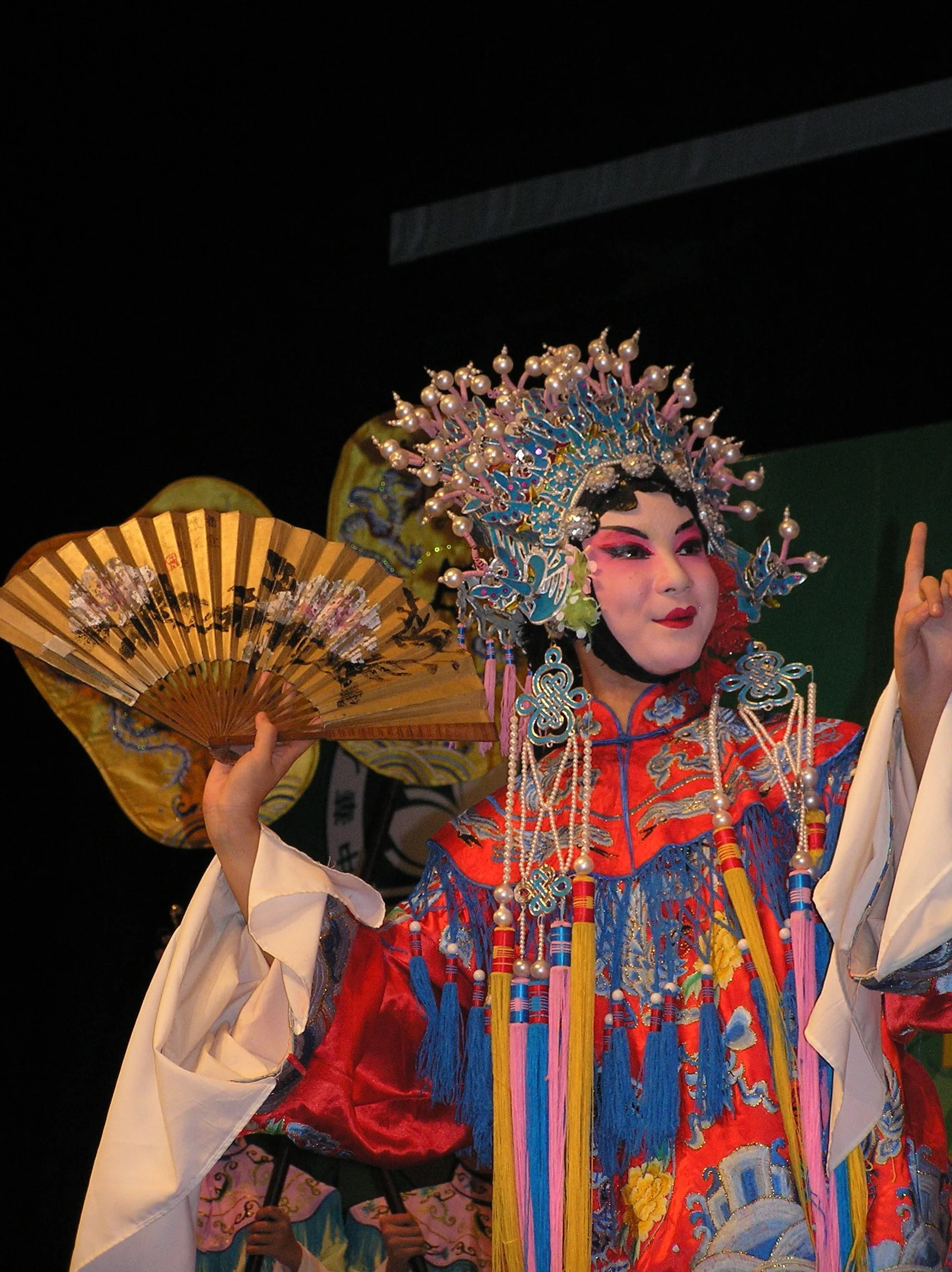The Santa Casa Da Misericordia is not in Portugal… This is China.
Across the South China Sea and the Pearl River Delta from Hong Kong, is Macau, a bit of a loosely attached appendix to mainland China’s south coast. After a visit to Hong Kong, we took a one hour Fast Ferry ride there for a week long visit.
Macau is a fascinating blend of east-meets-west. A special administrative region of the People’s Republic of China, it was leased to Portugal as a trading post way back in 1557. Despite remaining under Chinese sovereignty and authority, the Portuguese came to consider and administer Macau as a colony. But in 1999 it was handed over back to China, probably suffering from an identity crisis.
Our local hotel…
Having served as a lucrative port to international trade from the mid-16th century until 1999, Macau’s history and buildings reflect a fascinating mix of cultural influences from both the east and the west. Its historic streets are often cobblestoned and lined with buildings that reflect both its Chinese and Portuguese past: catholic churches stand shoulder to shoulder with Buddhist temples, with ornate Portuguese façades and curly Chinese roof tiles. The city’s fortress and lighthouse are the oldest in China.
Macau’s historic centre is listed as a Unesco World Heritage site. We enjoyed strolling the narrow streets, walking across the squares so reminiscent of Europe and exploring the historic sites.
We were here to attend a literacy conference. Originally, the conference was to take place in Beijing but without explanation the government decreed that it did not want so many foreign visitors there and ordered the entire conference moved to Macau.
A total blend of Chinese culture and Portuegese architecture.
The conference organizers had sent us a list of selected conference hotels. But these were all outside the historic city centre, and mostly resembled large western hotels like the Hyatt. We opted to stay in a more traditional hotel with local flavour and booked a small, local hotel. This meant that we found a much cheaper, cozier place to stay right in the old core of the city. It also meant that we had a real Chinese room - with beds that were roughly the same size and texture as an ironing board. When we went downstairs for breakfast in the morning, there was that same authentic flavour we had desired: breakfast was meat and broth, noodles and dumplings. No one spoke English but the kind waiter led me right into the kitchen so that I could point at the things we wanted to eat. Not one to crave chicken legs in jellied sauce for breakfast, I tried to point only to dumplings that seemed stomach-friendly. No croissants or coffee here.
St. Dominic’s Church
We strolled the colonial streets, across the Senado Square with its beautiful yellow Saint Dominic's Church, a late 16th-century Baroque building which serves as the Cathedral Parish of the Roman Catholic Diocese of Macau. We climbed the steps to the historic ruins of the St. Paul’s Cathedral. Built in the 17th century, this was once the largest catholic church in Asia but destroyed by fire during a typhoon in 1835. Perhaps typical for a historic seafaring port, there were prostitutes a-plenty on the streets of Macau. Starbucks and other western shops had also sprouted here.
Ruins of St. Paul
One day we explored the Monte Fort - a fort built in the early 1600’s to protect the Jesuits from pirates. Later it was taken over by the Portugese to defend Macau and, even later, it served as residence for the governors of Macau, as a weather observatory and eventually as The Museum of Macau. Complete with cannons and gardens, it’s a nice place to walk and soak up the history of this place.
Unfortunately, history is given way to the future here. Ruins and forts are now overshadowed by money-making casinos. Its giant casinos and malls on the Cotai Strip, which joins the islands of Taipa and Coloane, have earned Macau the nickname, "Las Vegas of Asia." We tried to avoid these soulless places, enjoying the authentic blend of China and Portugal much better than glitzy light shows and slot machines. Walking around the city we spotted families doing tai-chi in the parks, mopeds racing down the streets, and 7/11 stores next to small family run eateries.
The highlight of the literacy conference was a 17 course authentic Chinese dinner followed by a performance of Chinese opera. You do perhaps have to be accustomed to the screeching sounds of Chinese opera, just like not everyone enjoys the bag pipes… One of the dignitaries at our dinner table said “Heaven help us…” when the singing started. But even if the sounds are harsh and foreign to us, it was a privilege to experience such an authentic performance in Macau - a true blending pot of cultures.
Resources:
https://www.cnn.com/travel/article/macao-tourism-reopening-intl-hnk/index.html
https://www.chinahighlights.com/macau/attraction/historic-center-of-macau.htm
